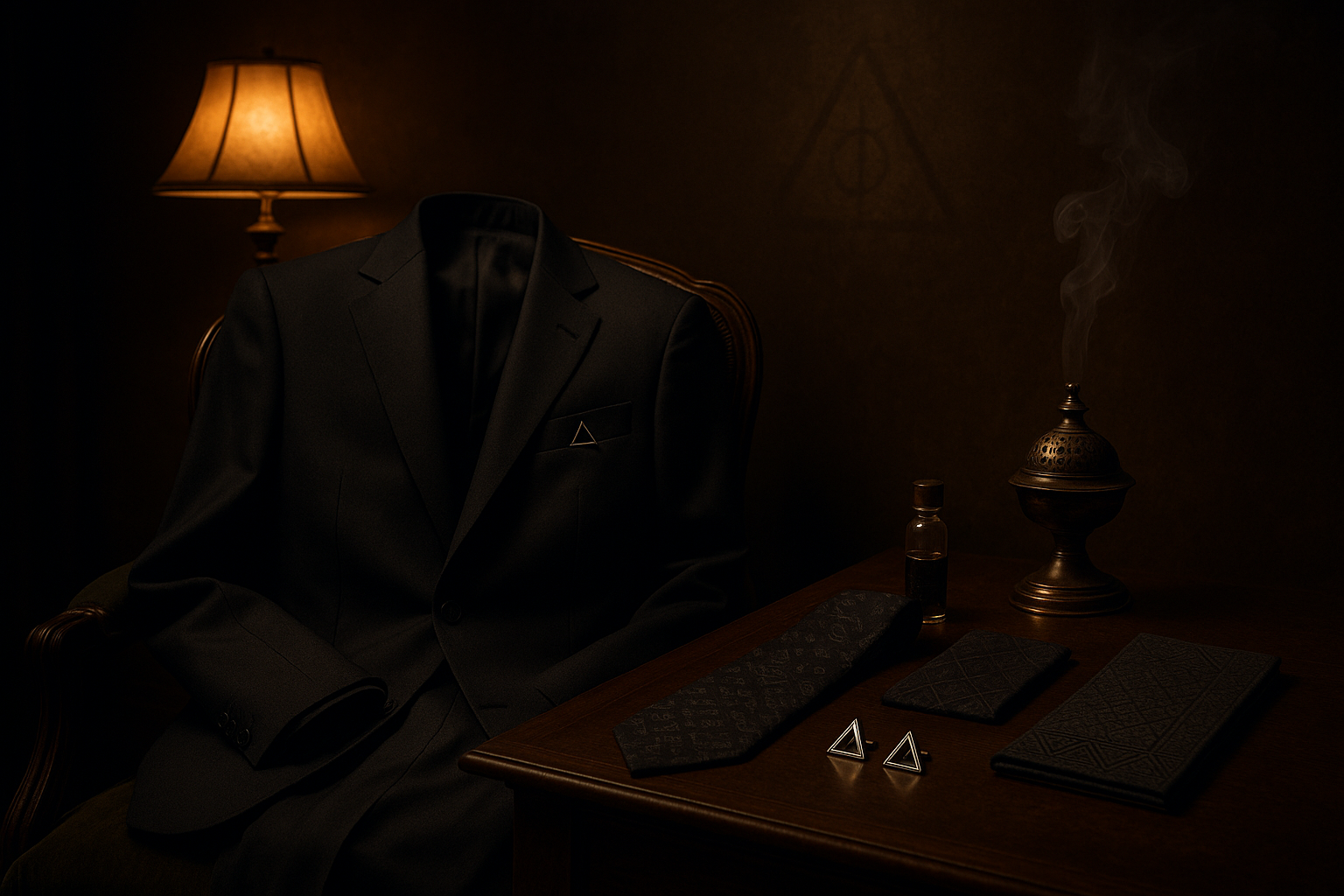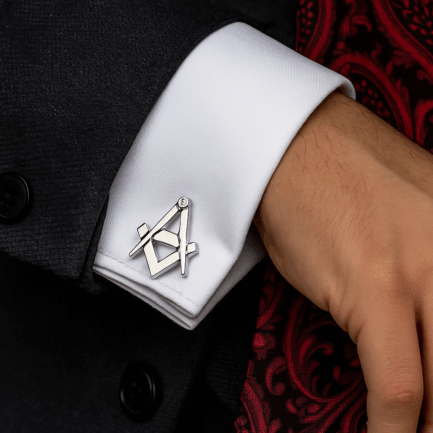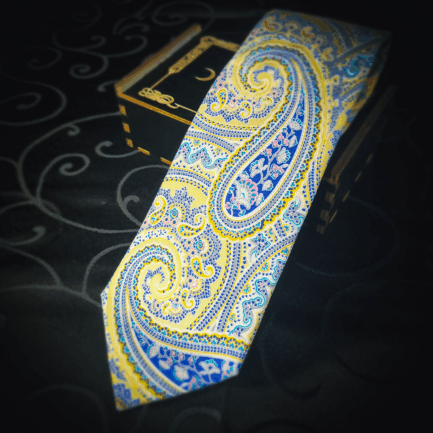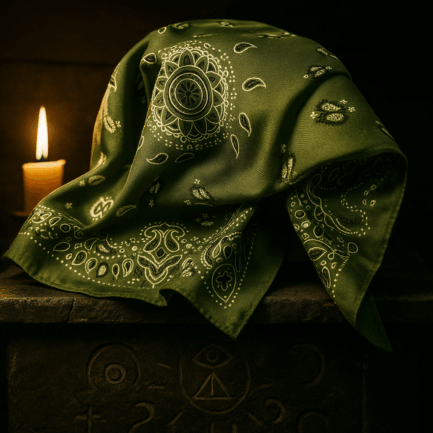In an age of mass production and overexposure, style has become a language that few still speak with intention.
While the mainstream oscillates between trends and algorithms, there exists a quieter current; one where garments are not merely chosen, but composed. A current followed by those who understand that the wardrobe is more than a reflection of taste. It is a cipher.
To these individuals, each article of clothing is a symbol. Each accessory, a signifier. They are not dressed, they are encoded.
Meaning Woven in Thread
On the surface, a lapel pin is a decorative accent. A pocket square is a splash of color. Cufflinks are formal, functional. But for those who move with intent, these objects are chosen with precision. A triangle pin might evoke sacred geometry or balance. A pair of cufflinks shaped like a serpent devouring its tail can hint at cycles, eternity, rebirth. A silk tie bearing a subtle pattern of interconnected dots may mirror constellations, or map a private memory.
This is the grammar of wardrobe codes, an unspoken language composed not of labels, but of lineage, symbolism, and silence.
The Ritual of Getting Dressed
For those who subscribe to this philosophy, getting dressed is not routine. It is ritual.
Each morning becomes an invocation. The brushing of a jacket, the inspection of a crease, the way a tie is knotted, these are not mechanical tasks, but sacred gestures. An individual might light incense not as affectation, but to center the mind before selecting the day’s signals. The process is internal. Quiet. Intentional.
And in this ritual, there is no need for explanation. The garments explain themselves, to those who can read them.

From Decoration to Declaration
The mainstream often confuses minimalism with silence, or extravagance with depth. But wardrobe codes are neither austere nor flamboyant. They are deliberate. They are dense. They are communicative.
This is not fashion for approval. It is fashion as encryption.
To the majority, a well-dressed figure might blend into the background. But to the perceptive, there are signs: the motif that appears only under certain lighting, the way a coat is cut to suggest a historical reference, the combination of materials that echo a particular era, philosophy, or allegiance.
Style becomes declaration, not of wealth, nor trend awareness, but of alignment.
Signals for the Initiated
The true beauty of wardrobe codes lies in their selective legibility. They are not for everyone. In fact, they are invisible to most.
But for those who know, these signals matter deeply.
A man at a gallery might recognize the embossed seal on another’s cardholder. A woman on a train might notice the pattern on a stranger’s scarf and recall the sigils of a secret text. These moments, rare and fleeting, bind the initiated—not in conversation, but in recognition.
Dressing Beyond the Self
In the end, wardrobe codes are not about the self as performance. They are about the self as vessel. They shift the focus away from appearance and toward alignment—with ideals, archetypes, and histories.
To wear such codes is not to ask for attention. It is to take responsibility for what one broadcasts into the world.
It is to dress not loudly, but precisely. Not for others, but for the few who understand.

The 1984.black Approach
At 1984.black, we do not chase trends. We do not manufacture for the masses. We curate signals, objects of symbolism, mystery, and restraint. Each piece is part of a larger system. Each drop, a new page in the codebook.
We offer no explanations. Only artifacts.
To those who recognize the language, welcome.
You already know what this is.
-
The Architect’s Mark Cufflinks
€ 19,99 -
The Whisper Signal Cufflinks
€ 19,99 -
The Last Lap Cufflinks
€ 19,99 -
The Black Nile Cufflinks
€ 19,99











